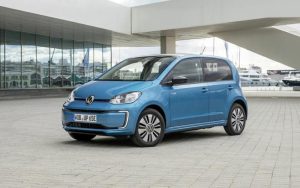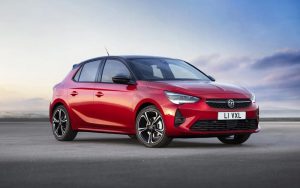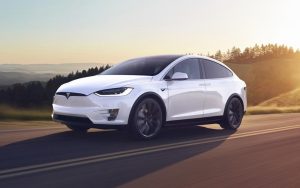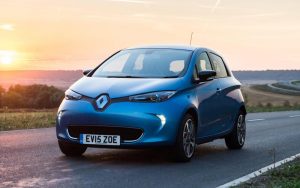Introduction
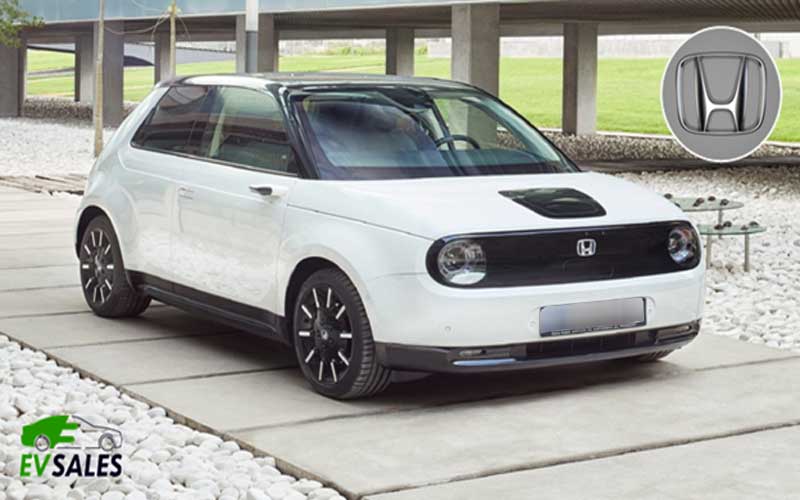
The Honda e is a Japanese electric vehicle available in the European and Japanese markets in 2020. It’s based on the Urban EV Concept, which debuted at the 2017 Frankfurt International Motor Show in September 2017.
In 2019, the production version was unveiled at the same event. Unlike the Urban EV Concept, which had a three-door hatchback layout, the production version only had five doors.
Furthermore…
Honda E confirmed its name in May of this year.
The car has a nostalgic design that harkens back to the first-generation Civic. Honda E has said that by 2022, all of its mainstream European vehicles will only be available with electric powertrains.
The E will lead Honda’s electrification ambitions with a completely new design and platform.
Yet it’s leading that push from what appears to be a precarious position, at least in one essential sense.
Whereas much affordable mainstream EVs offer more than 200 miles of WLTP-certified range, the dinky E only has a maximum range of 136 miles.
On the other hand, Honda e electric city car is convinced that it has taken the right approach with this vehicle, even if it has justified its strategy by specifying who the E is for and how it should be used precisely. Individuals who appreciate the E’s design and compactness to such an extent, according to the messaging, will buy it.
Now, enough of the introduction, let’s get into the details,
Keep Reading…
Awards
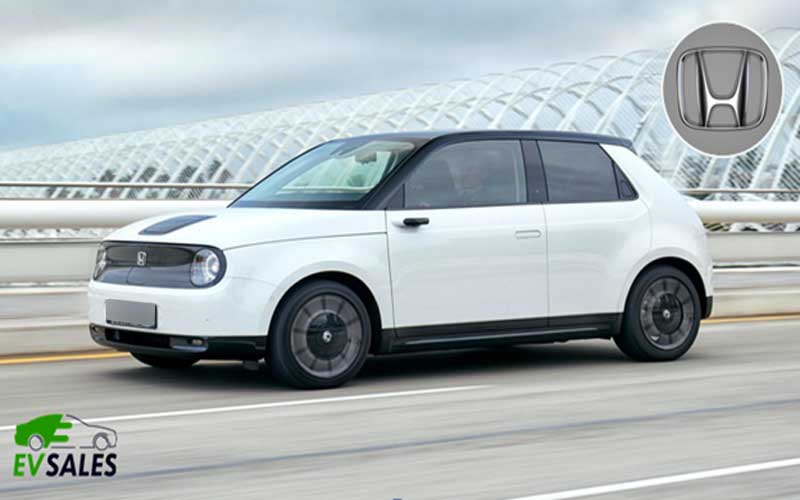
Honda e electric city car’s excellent winning streak has been continued with a triumph at the 2021 World Car Awards. The Honda e has added the title of World Urban Car of the Year to its growing list of distinguished awards and is named one of the top three finalists in the overall World Car of the Year competition.
As the Japanese brand swept the category, the Honda Jazz e: HEV also placed in the top three for the World Urban Car award.
- Honda e was voted World Urban Car of the Year at the annual 2021 World Car Awards.
- Honda e was also nominated for the World Car Design award and was in the top three in the overall World Car of the Year award.
- Honda Jazz was also in the top three in the Urban Car category.
- Honda’s recent award achievement highlights the company’s commitment to developing sophisticated and elegant goods that are developed without sacrificing functionality.
Specifications

Features
Many crash avoidance features (including auto braking, adaptive cruise, lane keep assist, and auto high-beam headlights) are standard, as is a 100kw DC rapid charging capacity in 30 minutes, an app to pre-condition the car and babysit it while it charges, and several acres of the screen.
All of this is wrapped in a gently retro color and material palette that complements the cheeky exterior — white, black, grey, blue, and yellow highlighter paint are available.
Screen
Inside, the cabin is dominated by an infotainment screen that stretches the whole length of the dash. It has an 8.8-inch TFT monitor in front of the driver that shows metrics like speed and efficiency, and the main infotainment display has two 12.3-inch touchscreens.
It also has a heated steering wheel, adaptive cruise control, sport mode, conventional wing mirrors, light steering wheel, lane keep assist, auto high-beam headlights, just one pedal, and single-speed automatic.
Display
There are a total of five screens, including two six-inch monitors on either side of the dash that show the image from the door-mounted cameras that replace traditional wing mirrors.
They have the same design as classic units, and the two screens are nicely situated, with clear visual resolution and little latency between what happens outside and what you see on the screen.
They perform better than identical technology seen in much more expensive automobiles, such as the Lexus ES, and you rapidly become accustomed to them.
Braking System
With the click of a button, one-pedal driving is enabled. Lifting off the accelerator pedal activates the car’s regenerative braking system, slowing the car swiftly without the need to use the brake pedal and helping to recharge the battery.
Even if you use the brake pedal, you’ll find it simple to assess how much pressure to apply to slow the car down – something many rivals lack smoothly.
Steering Column
The steering column can even be adjusted for reach and rake. Pedal weighting is also very ‘natural,’ with the throttle not being unduly light and the brakes providing smooth progression, which many other electric and hybrid cars might learn.
Inside
Inside the Honda e, the first thing you’ll notice is that it has more screens than a computer hacker’s bedroom. The instrument cluster is an 8.8 screen behind the steering wheel that displays your speed and remaining range, and it’s connected to two 12.3 infotainment touchscreens that span the dashboard’s width.
Camera
On both ends of the array are 6.0 screens showing a live feed from the future camera “door mirrors.” You can set the cameras to fit your driving posture, and the screens are overlaid with handy guidelines to assist you in gauging how far away you are from other cars when you indicate.
Rear View
The rear-view “mirror” in the Advance model can also display a live video feed from directly behind the car, just in case you don’t believe there are enough screens enough.
Center Console
If you prefer one-pedal driving, a button near the pushbutton drive selector on the center console rapidly sets the regen to the most severe level.
Interior
The interior is impressive, with plenty of high-quality textiles and a strong sense of solidity. The dashboard’s wood-effect face is about as genuine as a Dick Van Dyke Cockney accent, but the Honda E feels more premium on the inside than a Seat Mii Electric.
The Mini Electric and Peugeot e-208, on the other hand, represent a step up in terms of interior comfort in a compact electric car.
Front and Rear Seats
The front seats have plenty of room for even the tallest passengers despite their little size. There’s a huge cubby between the seats and a cupholder that slides out from beneath the gear selection buttons in the front, but it’s a mixed bag. On the other hand, the door bins are shallow, and the glovebox is modest.
Rear Wheels
The standard driving setting will suffice for the rest of the time. Honda E is directed solely to the rear wheels, which may sound like a recipe for chaos, but a sophisticated traction control system prevents any such antics.
The small hatchback, on the other hand, hunkers down on its rear tires and surges you forward deliciously when you give it a foot-full.
Front and Rear Doors
While the front door handles are where you’d expect them to be, the rear door handles are close to the car’s rear frame and aren’t as noticeable at first look since they blend into the black window bezel.
Passengers must physically press one side in to pop the other side out and open the door, as the back handles do not pop out automatically.
Infotainment system
If you don’t want to deal with Honda e electric city car’s in-house attempts on the two 12-inch primary screens, there’s Android Auto and Apple CarPlay.
The driver information is displayed on the steering wheel’s 8.8-inch screen right forward, while the mirror-camera displays are on 6-inch screens at either end of the dashboard.
Boot space
It reduces the already limited 171-liter cargo space, but keep in mind that the car’s short-range means it isn’t a car designed for lengthy journeys, so it should be fine most of the time.
Design
The cabin’s appearance is retro-futuristic, with wood across the top of the dashboard and grey fabric trim reminiscent of 1980s Japanese automobiles on our test car.
Honda E’s Range:
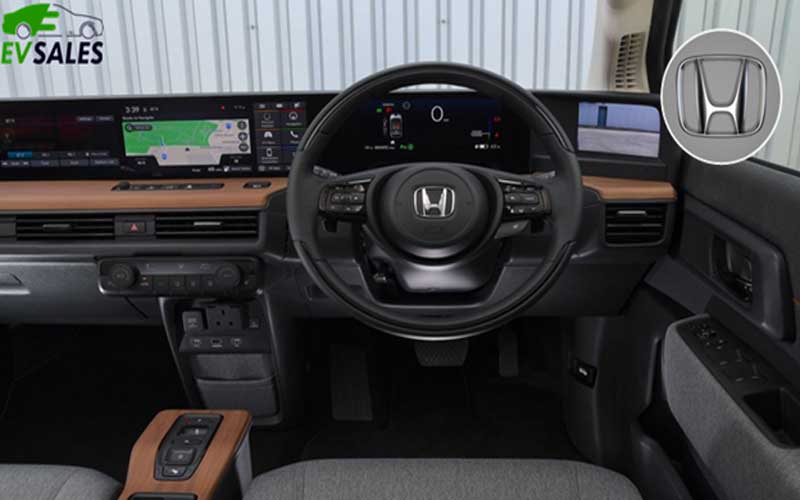
Genuinely enjoyable driving dynamics match the Honda E’s sassy appearance. This small car has plenty of grip for zipping through roundabouts and a remarkably tight turning circle, so you’ll rarely need to make a three-point turn around the town.
Even when you’re out for a country drive, the Honda E corners with confidence and little body lean. And, because of its accuracy and natural weighting, the steering provides you a good sensation of connection with the front wheels no matter what pace you’re going.
Plus…
It’s important to stress that we compare the Honda E with other similarly priced electric cars, such as the Renault Zoe and Peugeot e-208, so don’t expect the cat-like agility or rewarding handling you’d experience in a Ford Fiesta ST hot hatch. Nevertheless, Honda’s first proper electric car is jolly good fun even with small Electric cars.
Performance:
However, there is some terrible news. The Honda e Advance can only go 125 miles on a fully charged battery, while the less powerful normal version can only go 137 miles. You’ll be lucky to get much further than 100 miles in the actual world.
Moreover…
That kind of range would have been decent five or six years ago, but when you consider that the cheaper Zoe can go up to 245 miles on paper, and the Kia e-Niro can go up to 253 miles in the real world, Honda’s efforts seem dated.
Other electric cars such as the Mini Electric, which we’ve chastised for its short-range, can travel further on a single charge than the Honda E.
Adding in more…
The performance levels of the E are ideally suited to the cut-and-thrust situations in which it will undoubtedly operate. It doesn’t appear to be the type of electric car that will sell itself based on its powerful, darting reaction – but it does have a very quick, instant change of speed when you need it.
It takes just 3.0 seconds to go from 30mph to 50mph, as you could when leaving a congested region or speeding by a slow-moving tractor or lorry.
Although this isn’t quite as quick as the i3 REx we tried in 2013 (2.7sec) or the larger Kia e-Niro and Hyundai Kona Electric, it’s enough to make the E seem energized in and around town, ready to grasp any chance.
Insurance

The Honda e is classified as an insurance group 25, or 29 for the Advance, slightly higher than the ZOE rivals. Even MINI Electric, rated in groups 22 and 23, outperforms it by a hair.
All Honda new cars come with a three-year/unlimited-mileage warranty, which can be extended for an extra fee. An eight-year/100,000-mile warranty covers the e’s battery.
Is Honda E Reliable?
Hondas are usually dependable, but the Honda e is more difficult to predict. Conversely, electric cars have fewer parts to fail, but the car signals a departure from everything else the firm now produces.
With a new platform, drivetrain, and some new technology, too, we’ll have to wait to report definitively on the car’s reliability.
Euro NCAP gave the Honda e four stars in its most recent rigorous testing processes. Pedestrian and cyclist detection, lane-keeping assistance, traffic sign recognition, and automatic high-beam assistance are all standard features on the Honda Accord.
The Honda e will immediately contact emergency services in a collision.
Cost and Verdict:
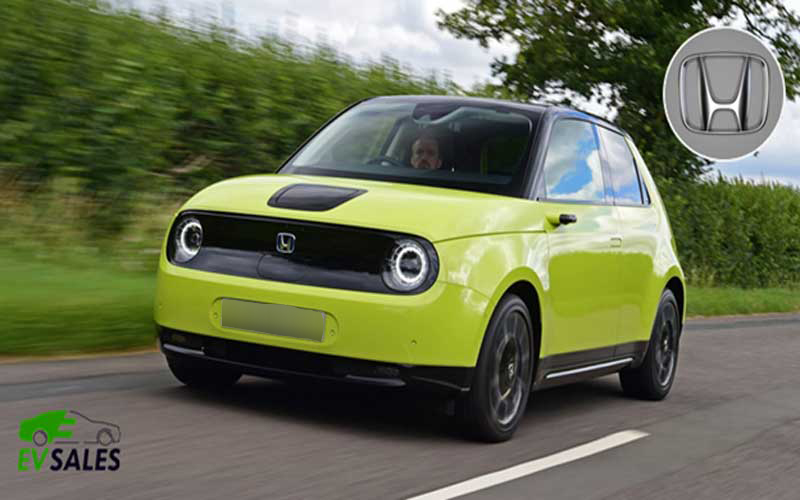
Compared to the current range-topping Renault Zoe (239 miles, £30,995) and Peugeot e-208 GT (211 miles, £30,275), it loses both range and practicality. On paper, even the top-of-the-line Mini Electric (140-141 miles, £30,900) – a car that prompted similar range and price worries as the E – outperforms it marginally.
The Honda’s real-world range seems closer to 110 miles when you account in an average test economy number of 3.1mpkWh, but models with smaller wheels and less athletic tires should add roughly 10% to this.
Conclusion – Honda E Review

Since the Suzuki Jimny, the Urban EV Concept has become a legend, a legend that has become a prototype, and a prototype that has become the dinkiest, most coveted automobile. The Honda e is Honda’s first mass-market, pure-electric automobile, and we want one.
Honda’s E range of two derivatives keeps things simple. If you want the rangiest and maneuverable E, stick with the cheaper, slightly less powerful base model if you want the rangiest and maneuverable.
Let me tell you more…
Those who want to get the most out of the car’s design and technology can choose an Advance-spec car, which comes standard with a digital rear-view mirror, premium audio, heated windscreen, and automatic parking.
Honda is certainly not following Tesla with this one; the dimensions are Fiat 500-plus-a-bit, broader than a Jazz but narrower when you consider it lacks wing mirrors.
It is very much a city errand. With a range of 137 miles, you won’t want to go too far out of town, but with a choice of 134bhp and 152bhp engines, both with respectable performance.
Turns out…
Especially up to 30mph, a chassis that’s gotten some Honda handling love, and a configurable driving experience, it’s not out of its depth if you fancy a ‘proper’ drive and have the battery to spare.
That’s all we have for you today!
Hopefully, you had fun reading all these specifications about your favorite car.
Thanks for reading!
The End!



